Television Q&A: When did TV shows begin to have proper finales?
Published in Entertainment News
You have questions. I have some answers.
Q: When did TV series start tying up a story at the end of their run instead of just stopping? Which was the first?
A: Series finales have long been huge audience attractions. The series finale of “The Fugitive,” which wrapped up Richard Kimble’s pursuit of the one-armed man, was the most-watched telecast ever when it aired in 1967. The series finale of “M.A.S.H.” in 1983 now holds the top spot (not counting Super Bowls).
Because of its success, it’s easy to think that “The Fugitive” set the stage for future finales, but there were in fact several before it. The earliest one I have found dates to 1960, when children’s show “Howdy Doody” aired its farewell episode, one famous for the usually silent Clarabell speaking “Goodbye, kids,” at the end. Other notable endings include “Route 66” in 1964, which wrapped up its four-season saga with Tod and Linc ending their cross-country travels after Tod marries. “The Dick Van Dyke Show” ended with clips from old episodes illustrating Rob Petrie’s memoirs, which Alan Brady decided to adapt into a television series.
I should also mention miniseries (also known as limited series), which offer a preplanned ending to their prime-time tales. One early example is the Davy Crockett serial on Walt Disney’s show in 1955; even though Crockett died at the Alamo in the third episode, it was such a hit that two prequel stories aired later that year.
Q: After reading your column on several military TV shows, it made me think of one I enjoyed as a boy. It was called “Navy Log” and was about naval episodes from World War II. Any information would be appreciated as far as when it aired, content and if it is somehow available to view today?
A: “Navy Log” was an anthology of half-hour stories from Navy files, which aired on CBS and then ABC from 1955 to 1958. It had a “focus on individual sailors and airmen, often in battle settings but sometimes in their private lives,” says “The Complete Directory to Prime Time Network and Cable TV Shows.” It featured some famous events, including John F. Kennedy’s incident with the PT-109, where “Kennedy, then a senator, appeared as a special guest.” There are some episodes on YouTube, along with abbreviated footage from other telecasts.
Q: I would like to get a copy of a classic, in my opinion, “Candy.” It had practically every important actor at the time, and I’ll never forget scenes with Richard Burton and of course Marlon Brando. It left a permanent memory, and I can’t find it.
A: This 1968 production did indeed star Burton and Brando, along with James Coburn, Ringo Starr, Walter Matthau and more in the supposedly satirical account of sexual adventures of a young woman (Ewa Aulin). It was based on the novel of the same name by Maxwell Kenton (the pseudonym for Terry Southern and Mason Hoffenberg), with a script by Buck Henry. Not everyone shared your enthusiasm for it, but it is available. There have been DVD and Blu-ray releases, both of which are for sale on Amazon. If you want to refresh your memory of the movie before buying, Prime Video, Tubi and Roku Channel are among the places streaming it. (Tubi and Roku Channel showings contain commercials.)
———
©2025 Tribune News Service. Distributed by Tribune Content Agency, LLC.
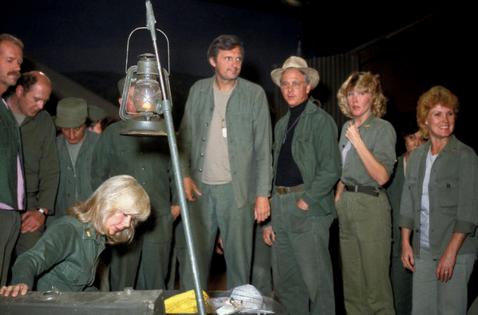
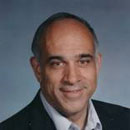

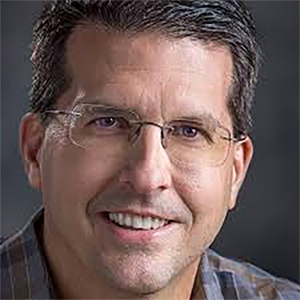
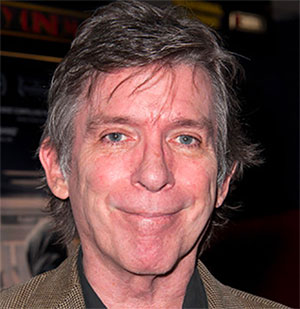
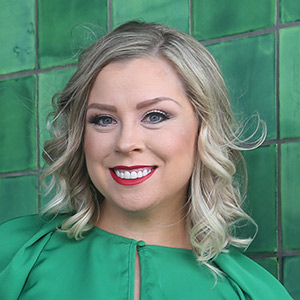


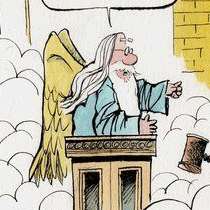

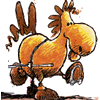
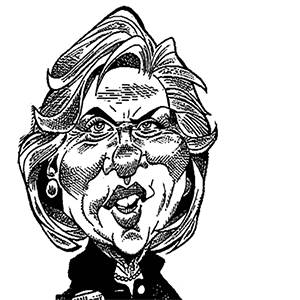
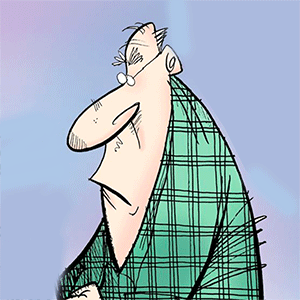
Comments